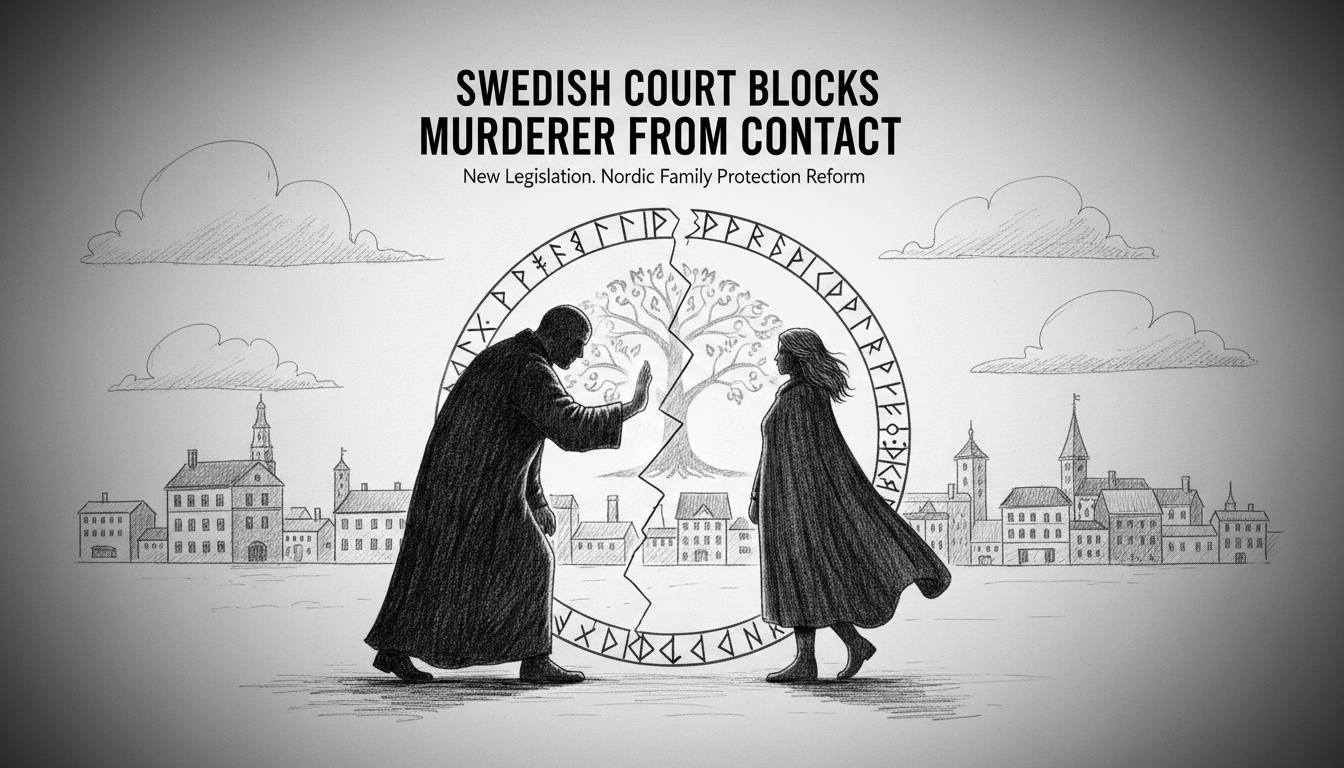A Swedish court has reinstated a no-contact order preventing the convicted murderer of a young boy from communicating with the child's mother. The decision comes after a prolonged legal battle that exposed gaps in Sweden's family protection systems.
The case involves Sanam Gharaee, whose son was found dead at his father's residence just two weeks after a lower court granted the father visitation rights. For seven years, Gharaee had fought for sole custody while documenting concerns with social services, police, and school authorities.
When the initial court lifted the contact prohibition, Gharaee described the impact as devastating. She stopped checking her mail and required medical leave due to the psychological distress. Family members now handle her correspondence to shield her from potential contact attempts.
The Court of Appeal for Upper Norrland has now reversed the lower court's decision after five months of review. Judges determined clear and concrete evidence exists that the father poses a continuing threat. They cited specific risks of future crimes, harassment, or stalking behavior against the mother.
This ruling coincides with new Swedish legislation that took effect in early summer. The updated law enables courts to impose contact restrictions before crimes occur, marking a significant shift from previous reactive approaches. Legal experts note this represents a major advancement in preventive protection measures within Sweden's judicial system.
Gharaee expressed hope that this case would establish important precedents. She stated that prosecutors should make correct decisions from the outset so crime victims don't face the burden of lengthy appeals processes.
The tragedy highlights ongoing challenges within Nordic family court systems where parental rights sometimes conflict with child safety concerns. Sweden's approach to balancing these interests continues evolving through cases like this one.
Legal observers note that while Nordic countries generally maintain strong social safety nets, family court decisions can sometimes overlook accumulated warning signs from multiple agencies. This case demonstrates how improved coordination between social services, schools, and legal authorities could prevent similar tragedies.
The court's decisive action suggests Swedish judiciary is adapting to better protect vulnerable family members. This development may influence similar cases across Scandinavia where legal systems share many common features.

